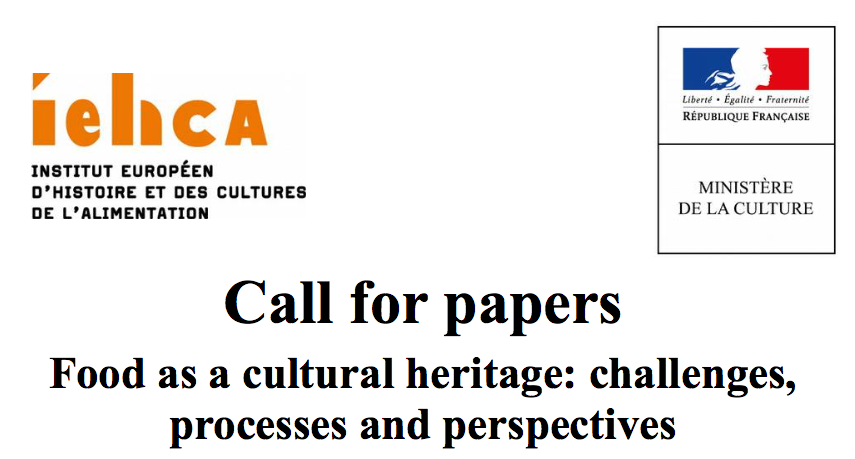Food is not merely a source of sustenance; it is a vital component of cultural heritage that reflects the history, traditions, and identity of communities around the world. The role of food in cultural heritage encompasses various aspects, including culinary practices, rituals, and the sharing of meals, which serve to strengthen social bonds and preserve cultural narratives. By examining the intricate relationship between food and culture, we can gain a deeper understanding of how culinary traditions shape our identities and connect us to our ancestors.
In this article, we will delve into the multifaceted role of food in cultural heritage, exploring how traditional recipes and cooking methods are passed down through generations. We will also discuss the significance of food in cultural celebrations and rituals, highlighting how these practices foster a sense of belonging and community. Furthermore, we will examine the impact of globalization on local cuisines and the challenges faced in preserving culinary traditions in an ever-changing world.
As we journey through the rich tapestry of food and culture, you will discover the stories behind iconic dishes, the importance of local ingredients, and the ways in which food can serve as a medium for cultural expression. Join us as we uncover the profound connections between food and cultural heritage, and learn how you can contribute to the preservation of these invaluable traditions. Read on to explore the delicious intersection of gastronomy and identity!
Traditional Recipes as Cultural Artifacts
Traditional recipes serve as a vital link to cultural heritage, preserving the history and identity of communities. These recipes often reflect the agricultural practices, climate, and available resources of a region, showcasing how food is intertwined with the environment. For instance, the use of local spices and ingredients in traditional dishes not only highlights culinary preferences but also tells stories of trade, migration, and cultural exchange.
Moreover, traditional recipes are passed down through generations, often accompanied by stories and rituals that enhance their significance. This oral tradition of sharing recipes fosters a sense of belonging and continuity within families and communities. As such, these culinary practices become a means of cultural expression, allowing individuals to connect with their heritage and share it with others.
Food Festivals and Cultural Identity
Food festivals play a crucial role in celebrating and preserving cultural identity. These events bring together diverse communities, showcasing traditional dishes and culinary practices that define a culture. Festivals often feature cooking demonstrations, tastings, and competitions, allowing participants to engage with their heritage in a vibrant and interactive way. Such gatherings not only promote cultural pride but also encourage the sharing of knowledge and skills among generations.
Additionally, food festivals can serve as platforms for cultural exchange, where different communities come together to share their culinary traditions. This exchange fosters understanding and appreciation of diverse cultures, highlighting the universal language of food. By participating in these festivals, individuals can explore their own cultural roots while also embracing the richness of others.
The Influence of Globalization on Traditional Foods
Globalization has significantly impacted traditional foods, leading to both challenges and opportunities for cultural heritage. On one hand, the widespread availability of international cuisines can dilute local food practices, as people increasingly opt for convenience over tradition. This shift can result in the loss of unique culinary identities and the disappearance of traditional recipes.
On the other hand, globalization also provides opportunities for cultural exchange and innovation. Chefs and home cooks are now able to experiment with fusion cuisines, blending traditional ingredients with global flavors. This creative approach can revitalize interest in traditional foods, encouraging younger generations to explore their culinary heritage while adapting it to contemporary tastes.
Food as a Symbol of Cultural Rituals and Celebrations
Food plays a central role in cultural rituals and celebrations, often symbolizing important values and beliefs. For many cultures, specific dishes are prepared for religious ceremonies, weddings, and festivals, serving as a means of expressing gratitude, sharing blessings, and fostering community bonds. For example, in many cultures, bread is considered a sacred food, representing sustenance and life.
These culinary traditions are not only about nourishment but also about storytelling and memory. The preparation and sharing of food during rituals create a sense of belonging and continuity, reinforcing cultural identity. As families and communities gather to celebrate with traditional dishes, they pass down stories and values, ensuring that their cultural heritage remains alive and relevant.
The Role of Food in Social Cohesion and Community Building
Food has the power to bring people together, fostering social cohesion and community building. Shared meals create opportunities for connection, dialogue, and understanding among individuals from diverse backgrounds. In many cultures, communal dining practices, such as potlucks or family-style meals, emphasize the importance of sharing and collaboration, reinforcing social bonds.
Moreover, community gardens and local food initiatives promote sustainable practices while encouraging social interaction. These projects not only provide access to fresh produce but also create spaces for education and cultural exchange. By engaging in food-related activities, individuals can strengthen their ties to their community and contribute to the preservation of their cultural heritage.
| Aspect | Description |
|---|---|
| Cultural Identity | Food serves as a key element of cultural identity, reflecting the history, traditions, and values of a community. It connects individuals to their heritage and fosters a sense of belonging. |
| Traditions and Rituals | Many cultures have specific foods associated with rituals and celebrations, such as weddings, religious ceremonies, and festivals. These foods often carry symbolic meanings and are integral to the cultural practices. |
| Social Cohesion | Sharing meals is a fundamental social activity that strengthens bonds within families and communities. Food brings people together, promoting interaction and understanding among diverse groups. |
| Preservation of Knowledge | Traditional cooking methods and recipes are passed down through generations, preserving culinary knowledge and skills. This transmission of knowledge is vital for maintaining cultural heritage. |
| Economic Impact | Food heritage can contribute to local economies through tourism, local markets, and the promotion of traditional food products. This economic aspect helps sustain cultural practices and supports community livelihoods. |
| Globalization and Adaptation | While globalization can threaten local food traditions, it also allows for the exchange and fusion of culinary practices. This adaptation can lead to the revitalization of cultural heritage through innovative food experiences. |



